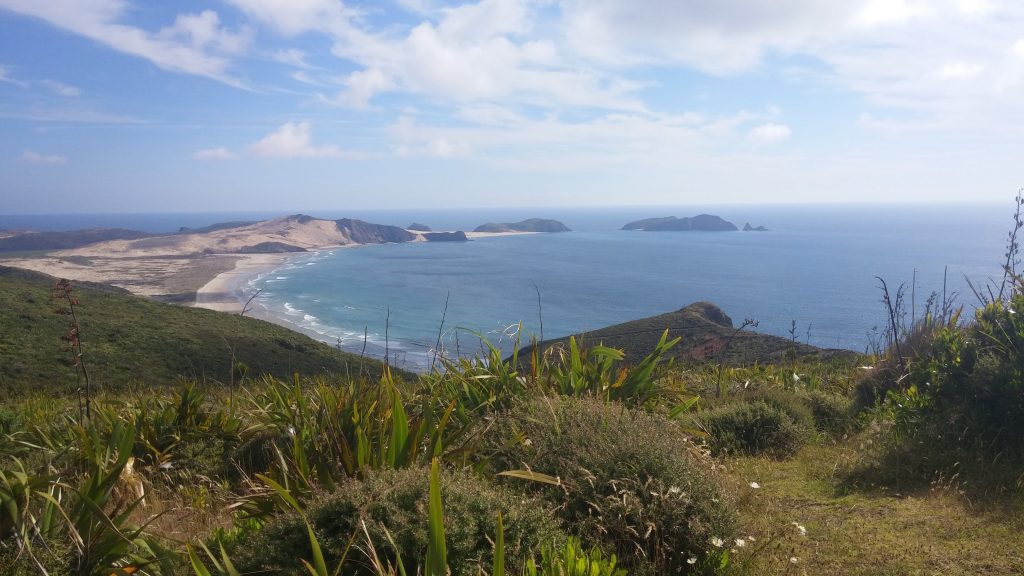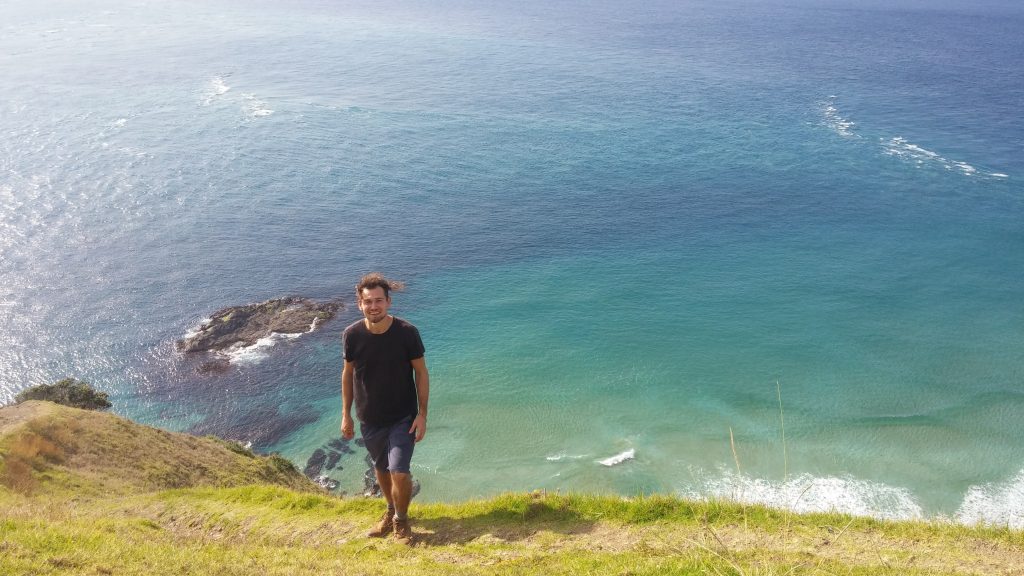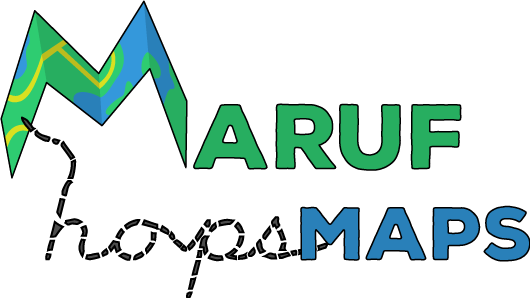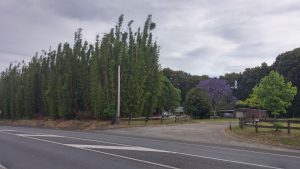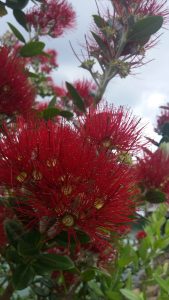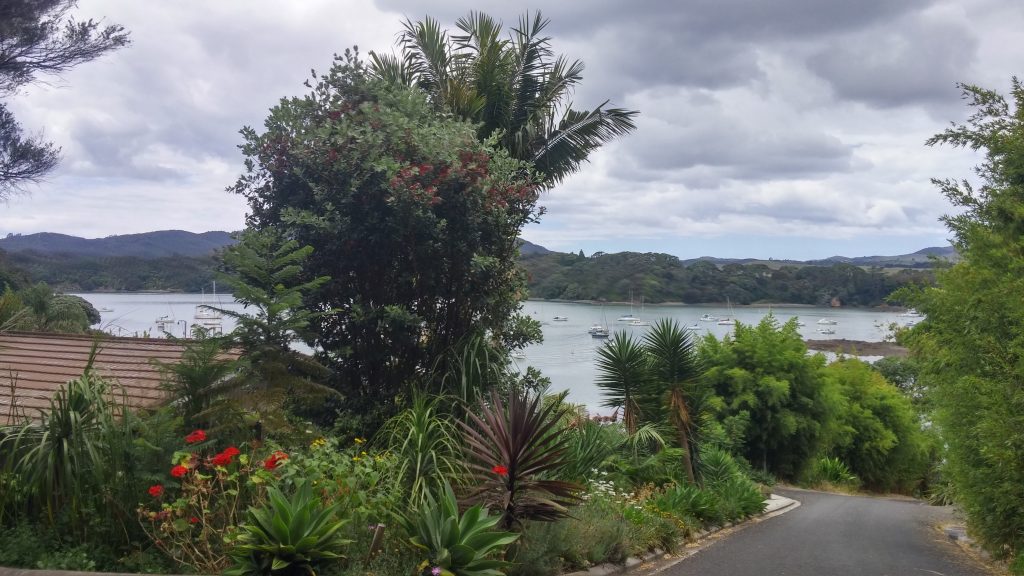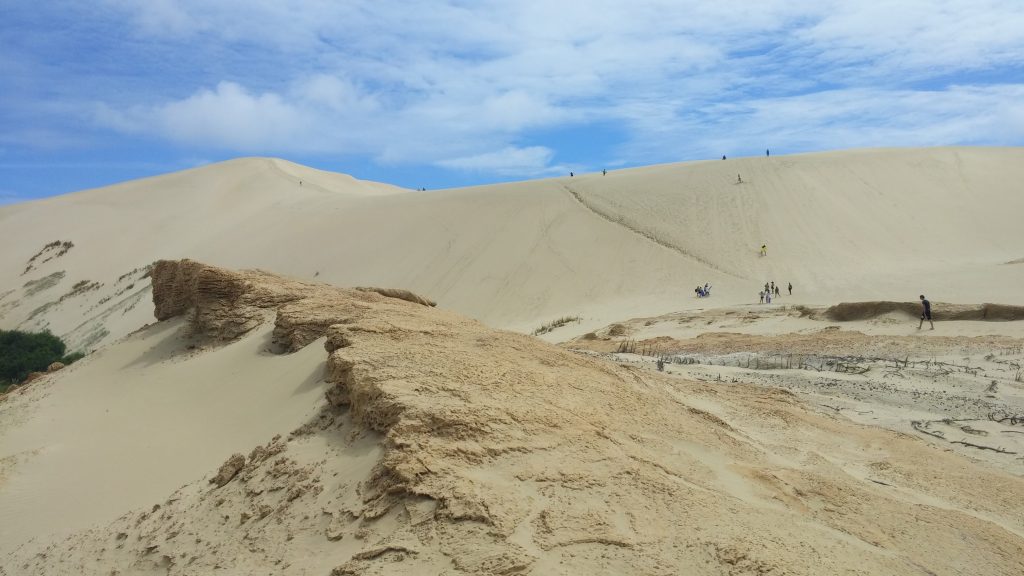Journey to Cape Reinga
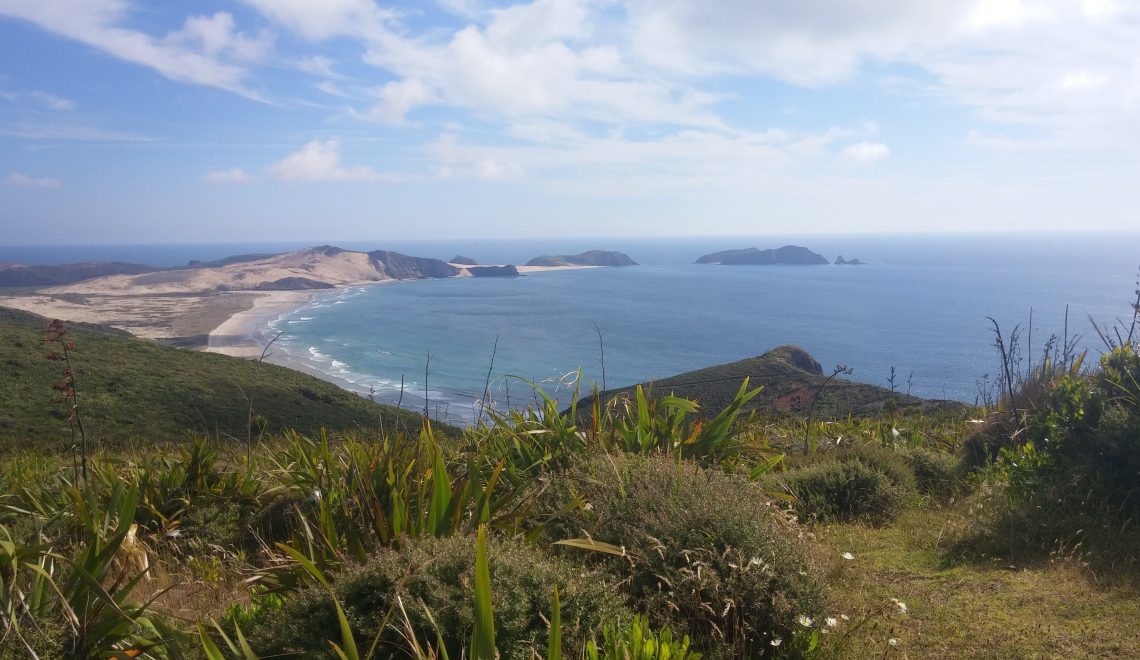
There were no roosters to cock-a-doodle doo this morning, instead, at around six, a symphony of birds, mosquitoes and other unseen forest animals squealed out a resounding wake up call. I feel groggy; I got six hours of sleep separated by five hours of jet lag insomnia. Sleeping in a bushy forest is always mixed bag of goodies, you never know how hungry the mosquitoes are, or if you’ll find a flat spot to pitch your tent where nobody will see. I’ve had worse than this. I start the morning with my pack up and slap dance: fold my tent while slapping the mosquitoes. I’m trying to get to Cape Reinga today, the northernmost tip of New Zealand. Why? Because, I already started this way, might as well start from the top.
The start of my morning is dull, catching a ride with a young Mormon and his mother and answering them that we don’t have Mormons in Lithuania doesn’t spice it up much either. That all changed when a red Mazda stops to pick me up. “Alex,” he introduces himself in a thick German accent. He’s here to gawk at New Zealand too, and I learn that he’s not too fond of English. How convenient that I speak German.
I can’t say what I missing by traveling with another tourist instead of a local, however when I’m traveling, it’s more exciting being with someone who appreciates what’s around them rather than someone who takes their home for granted, especially when their home is New Zealand. Furthermore, locals rarely take the longer scenic routes, and locals never get lost for the fun of it. Alex does both! With that said, I’m learning that there’s pros and cons to traveling with locals vs other tourists.
In terms of what I’m seeing, New Zealand’s climates change rapidly; one stretch of road will be lined with rolling hills, farms and pine trees in the distance, five minutes later climbing a hill you’ll be surrounded by large fern trees and tropical brush. Then you’ll see red blossoming “Christmas” trees beside massive palm trees in a bay inlet. I’m noticing the further north we go, the scarcer the towns become, whose architecture resembles a cross-breed between a ramshackle car dealership and an Outback Steakhouse restaurant; I don’t think many come here for the towns.
After a two hours of detours we reach the 90-mile beach, which ends at Cape Reinga. The hills become more consistent and buildings rarer. An ice cream sign reels us in for a fatty and unforgettable treat (they’re very proud of their dairy here). We continue, and in the distance, giant hills of sand glow at us. Te Paki Sand Dunes, the sign invites, and we curve off.
I don’t understand the geology, down the center flows a five-meter wide river cutting through a heavily wooded green area on one side and ginormous golden sand dunes on the other, easily 50-meters tall. As we trek towards the dune, people surf on the inches-deep river, while in the distance, others surf down the steep side of one of the dunes. As many people as there are, it doesn’t take long to run off so that I’m all alone. As fun as this is, Cape Reinga’s what we came for.
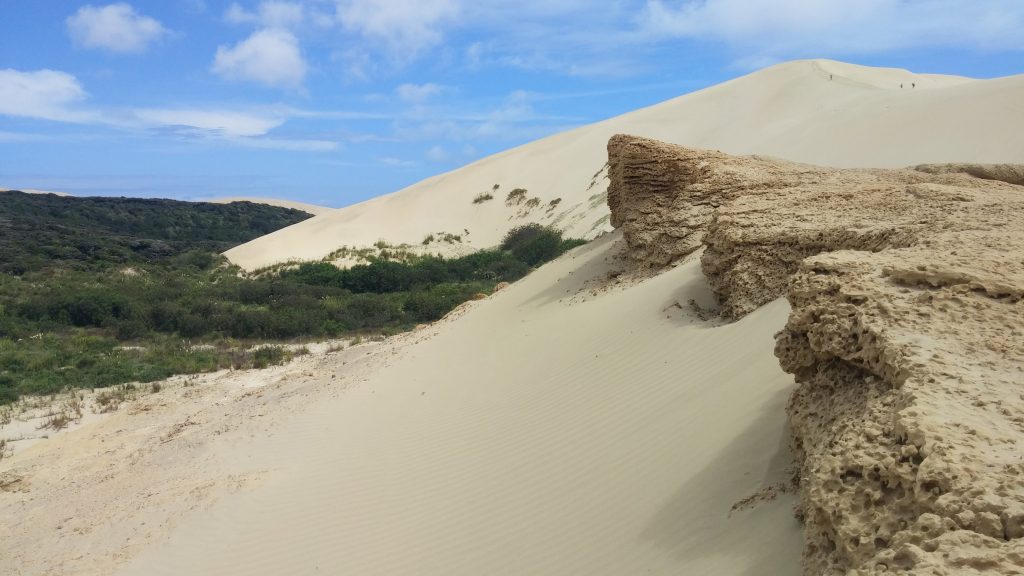
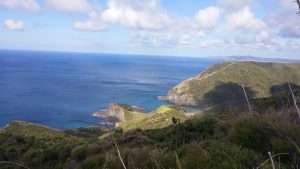 In the remaining 30-km the hills become uniform in their angular peaks, covered in short greenish-brown trees like a curly haired man who’s used Rogaine. The drive to Cape Reinga builds and builds with ever more tantalizing views of hills, mountains and light reflecting off the ocean. The view of the cape in the distance gets bigger and bigger until – holy shit… It takes a moment to register what the eyes are seeing, the mountain we’re on is covered in tropical vegetation with a view of a beach with small mountains jutting from the sand, separated like finger joints against clear aqua waters. I came from Kuala Lumpur five-days ago, where the food was amazing, but the sights disgusted me. Here, my stomach’s hungry for good food, but my eyes are satiated. What is this place?
In the remaining 30-km the hills become uniform in their angular peaks, covered in short greenish-brown trees like a curly haired man who’s used Rogaine. The drive to Cape Reinga builds and builds with ever more tantalizing views of hills, mountains and light reflecting off the ocean. The view of the cape in the distance gets bigger and bigger until – holy shit… It takes a moment to register what the eyes are seeing, the mountain we’re on is covered in tropical vegetation with a view of a beach with small mountains jutting from the sand, separated like finger joints against clear aqua waters. I came from Kuala Lumpur five-days ago, where the food was amazing, but the sights disgusted me. Here, my stomach’s hungry for good food, but my eyes are satiated. What is this place?
